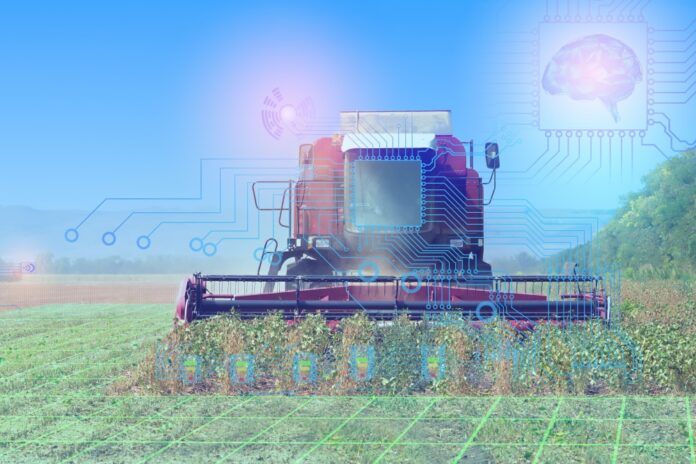Not going home in the ambience
Newcastle University researchers claim they’ve invented a smaller more potent type of photovoltaic cell that can even run internet of Things (IoT) devices on ambient light. It means new tiny IoT gadgets can penetrate further into the field and it lengthens the hours of daylight available as a power source for automation in the field.
The key breakthrough technology uses artificial intelligence (AI) to help it extract every available joule from ambient light. This smart and adaptive operation results in a lowering of energy consumption in sensor devices, leading to less wasteful power management as less battery wastage is involved in the transfer of energy.
Led by Dr Marina Freitag, a research group from Newcastle University’s School of Natural and Environmental Sciences (SNES) created dye-sensitized photovoltaic cells based on a copper(II/I) electrolyte. In tests this newly invented substrate performed with an unprecedented power conversion efficiency of 38% and 1.0V open-circuit voltage at 1,000 lux (fluorescent lamp). Better still, the cells are non-toxic and environmentally friendly, meaning that they won’t poison the water table should they fail to be recycled – like most British electronic waste – and end up in landfill. This sets “a new standard for sustainable energy sources in ambient environments,” said Newcastle University, in a statement.
Published in the journal Chemical Science, the research breakthrough could change the way IoT devices are powered. The immediate gain is that they would be more sustainable and efficient, but in the longer term the technology could inspire a new breed of IoT sensors, cameras and regulating mechanisms that create new opportunities in health, manufacturing, prisoner management, the intelligent home, automated vehicles, smart cities and agriculture.
“Our research marks an important step towards making IoT devices more sustainable and energy-efficient,” said Dr Freitag, “By combining innovative photovoltaic cells with intelligent energy management techniques, we are paving the way for a multitude of new device implementations that will have far-reaching applications in various industries.”
The team also introduced a pioneering energy management technique, which uses long short-term memory (LSTM) artificial neural networks to predict changing deployment environments. This then enables it to adapt the computational load of IoT sensors accordingly. This dynamic energy management system makes the energy-harvesting circuit operate at optimal efficiency, minimises power losses and avoids power spikes and brown-outs which have the capacity to take down a system.
Artificial intelligence and ambient light form a good team for managing power sources in the next generation of IoT devices, says the report Emerging Indoor Photovoltaics for Self-Powered and Self-Aware IoT towards Sustainable Energy Management. The energy-efficient IoT sensors, powered by high-efficiency ambient photovoltaic cells, can dynamically adapt their energy usage based on LSTM predictions, resulting in significant energy savings and reduced network communication requirements.


